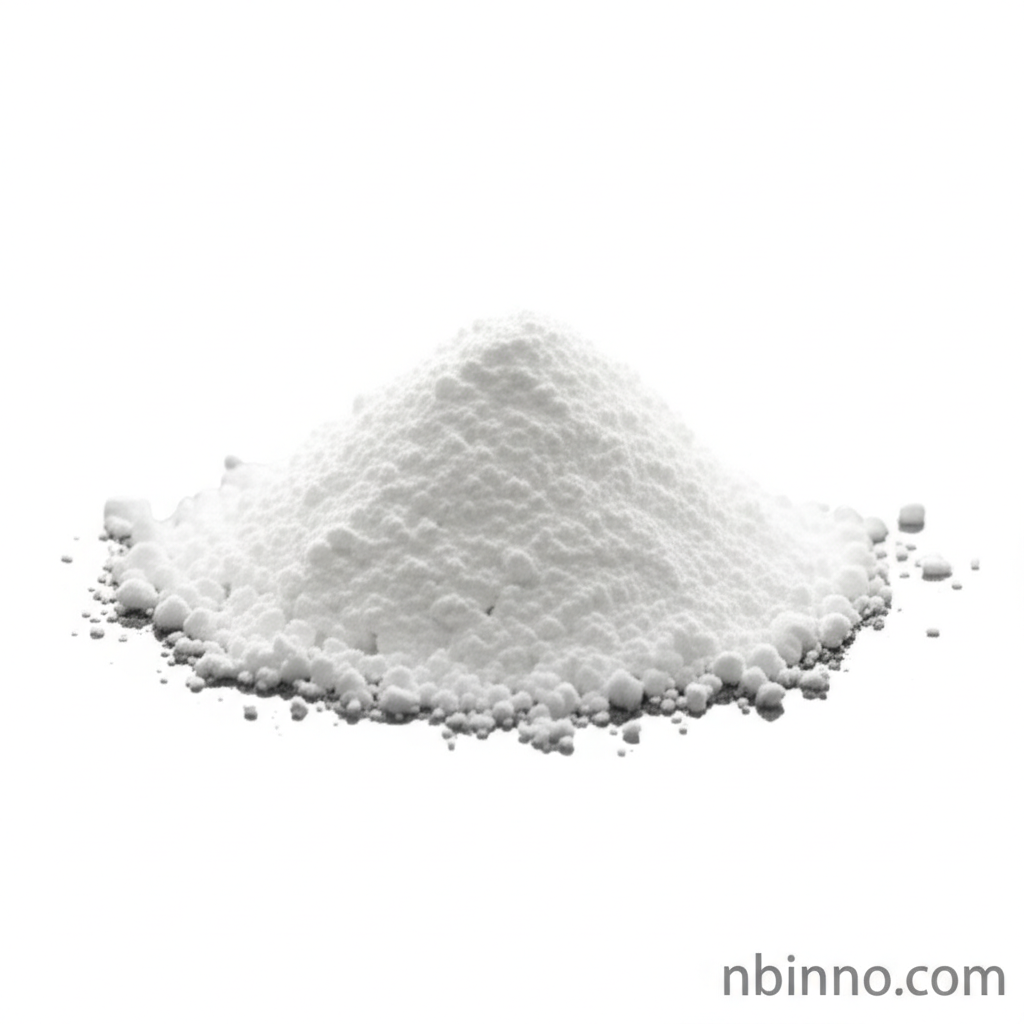High-Purity 2-Chloromethyl-4-methoxy-3,5-dimethylpyridine Hydrochloride: A Key Omeprazole Intermediate
Unlock efficient Omeprazole synthesis with our high-purity pyridine intermediate. Secure your supply chain now.
Get a Quote & SampleProduct Core Value

2-Chloromethyl-4-methoxy-3,5-dimethylpyridine hydrochloride
This compound is a critical building block in the pharmaceutical industry, specifically for the synthesis of Omeprazole, a widely used medication for treating conditions like peptic ulcers. Its precise chemical structure facilitates the efficient production of this vital API.
- As a key 2-Chloromethyl-4-methoxy-3,5-dimethylpyridine hydrochloride intermediate, it plays an indispensable role in the Omeprazole synthesis process.
- Leveraging CAS 86604-75-3 for pharmaceutical intermediate production ensures the quality and efficacy of the final drug product.
- The reliability of this Omeprazole intermediate is paramount for consistent API manufacturing.
- Securing a stable supply of this high purity pyridine derivative is essential for pharmaceutical companies.
Advantages
High Purity
Ensuring the highest purity of this 2-Chloromethyl-4-methoxy-3,5-dimethylpyridine hydrochloride intermediate is crucial for the success of your Omeprazole synthesis. This commitment to quality minimizes unwanted side reactions.
Critical for Omeprazole Production
This compound is an essential Omeprazole intermediate, directly impacting the efficiency and cost-effectiveness of producing this important antiulcer medication.
Versatile Chemical Building Block
Beyond its primary use, this pyridine derivative's structure offers potential for applications in materials science, enhancing polymer properties, making it a versatile fine chemical.
Key Applications
Pharmaceutical Synthesis
The primary application of this compound is as a critical building block in the synthesis of Omeprazole API, a key treatment for gastrointestinal disorders.
Fine Chemical Manufacturing
As a fine chemical, it serves as a valuable starting material or intermediate in the creation of other complex organic molecules.
Materials Science
Its unique chemical structure may allow for incorporation into polymers, potentially improving thermal stability or electrical conductivity in advanced materials.
Research and Development
It's a key compound for R&D efforts focused on developing new pharmaceutical compounds or exploring novel material properties.
